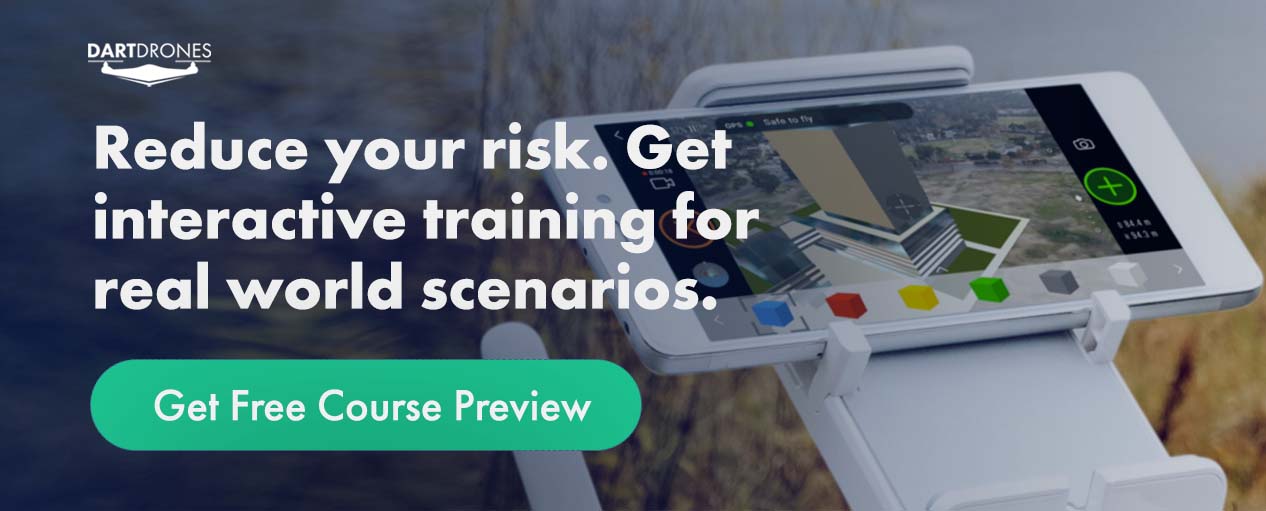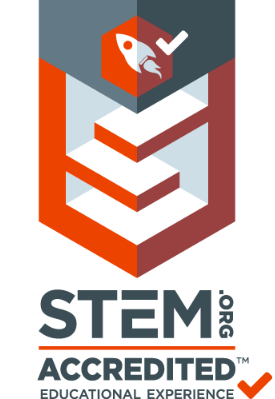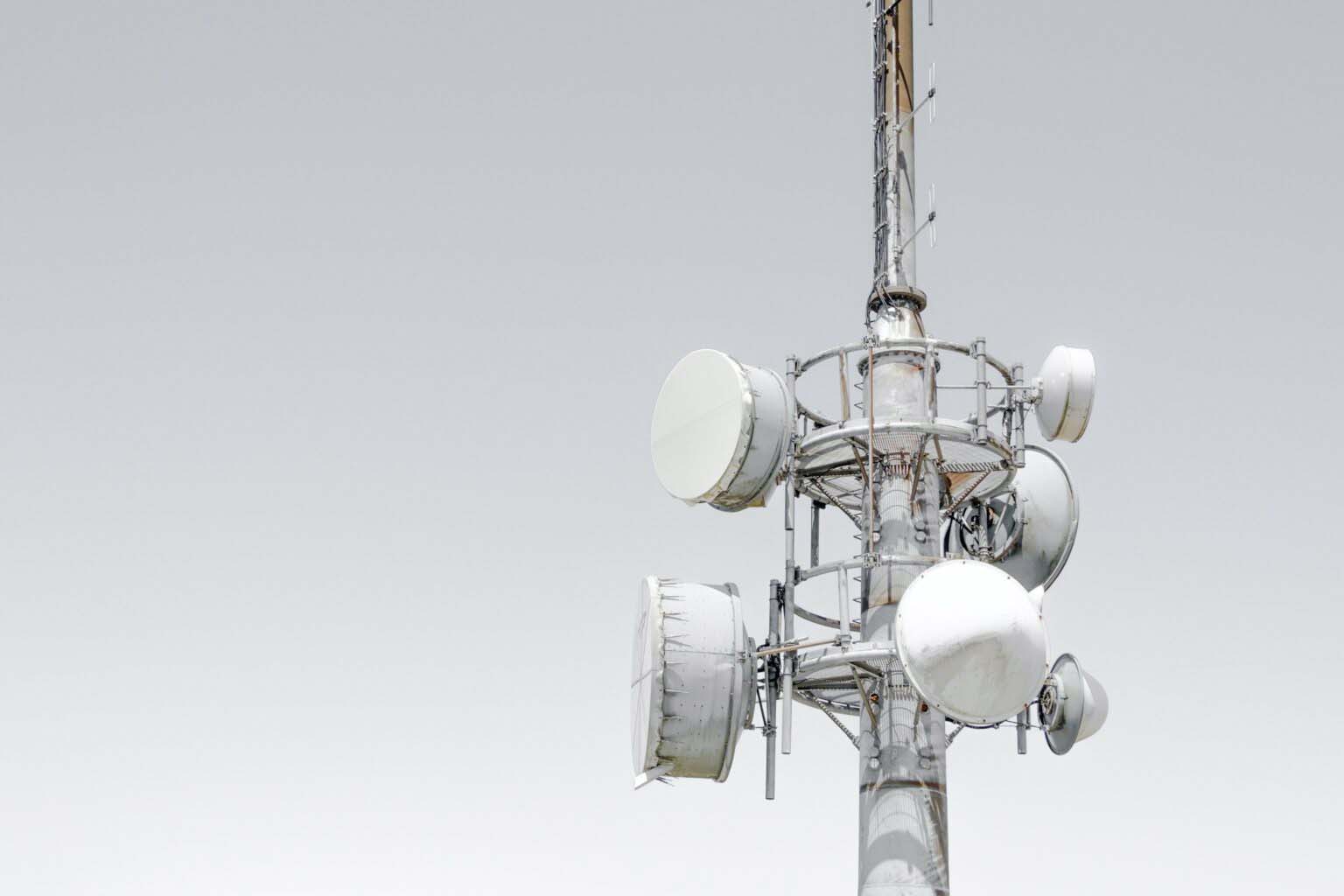
Using Drones for Tower Inspections: Real-World Benefits, Use Cases and ROI
 By Jerry White
By Jerry White This article will explain why and how companies are using drones for tower inspections and other tower services. You’ll learn about applicable regulations, the potential return on investment, industry requirements, business and community benefits, and more through credible sources and real-world examples, along with pictures and videos.
Introduction
 Many drone industry insiders have projected massive growth in drones for tower inspections around industries using vertical infrastructures. Using drones for tower inspection means appraisals can be done faster and more accurately than with traditional methods. And, use cases show that using drones for inspections can reduce inspection costs by more than 60 percent.
Many drone industry insiders have projected massive growth in drones for tower inspections around industries using vertical infrastructures. Using drones for tower inspection means appraisals can be done faster and more accurately than with traditional methods. And, use cases show that using drones for inspections can reduce inspection costs by more than 60 percent.
AT&T was one of the initial companies to use drones in tower operations successfully. After completing a set of flight trials, they found that drones are beneficial for replacing human tower climbers. While drones cannot and should not replace human workers at this time, using drones for tower inspections increases job safety for workers by enabling personnel to perform much of their work while remaining safely on the ground.
Art Pregler, director of the drone program at AT&T, confirmed that drones improve job safety and increases productivity.
“Every time we use a drone, it’s one less tower climb,” says Pregler, continuing, “every tower climb that we can save provides a safer situation or less opportunity for potential injury.”
Companies must inspect towers regularly, and drones can perform routine tower inspections to ensure uninterrupted operations. But drones can be instrumental in performing more dangerous emergency inspections where service is interrupted, or damage is suspected. Some ways pilots use drones for tower inspections include:
- Routine Maintenance
- Damage Assessment
- Repair preparations
Drones for tower inspections perform a minimum of the following activities:
- Provide geospatial maps of cellular towers so inspectors can view all angles of the structure and pinpoint potential problem areas or anomalies in infrastructure.
- Provide high definition recorded or live video of tower inspection for viewing the tower in detail from the ground, anywhere in the world.
- Store tower data for comparison with past and future tower inspections so personnel can schedule maintenance and repairs more efficiently.
In addition to inspecting the tower structure itself, drones are handy for evaluating bird nest locations. Companies often encounter issues with repairs and inspections if protected bird species are actively nesting in a tower. Tower climbers often ascend the tower unaware of the active presence of a rare or protected bird species. Human climbers may have already unwittingly disrupted the nest or aggravated the birds by the time they reach their location, which can cause the parent birds to become aggressive, further endangering the human climbers.
Because drones can approach towers without interacting with the structure itself, using a drone for tower inspections means companies are better able to spot protected bird species and shield human workers from related dangers.
How Often Are Towers Inspected?
The latest guidelines for the maintenance and inspections of towers that support antennas and small wind turbines are outlined in TIA 222-H. According to current guidelines, tower operators should perform checks routinely. However, the term “routine” is not well-defined. These guidelines recommend that companies perform tower inspections after severe windstorms, heavy ice accumulation, and during or after other extreme weather conditions that may impact load-bearing capability.
The standard suggests that operators should consider more frequent inspections for tower structures near coastal environments and in corrosive atmospheres to protect structural integrity. Tower checks should also be conducted regularly in areas where frequent vandalism occurs. TIA 222-H describes the time frame for major inspections more specifically. Operators should perform thorough checks every three years for guyed towers and at five-year intervals for self-supporting structures.
Use Cases for Oil & Gas Drones
- Identify defects, structural damage issues, etc. without having personnel & equipment
- Identify environmental Issues
- Pre-work inspection to determine the tools and parts needed
- Investigations of a structural emergency
- Inspection of assets after natural disasters
- Inspect hard to reach cables
- Rad center and tower evaluations
- Assist engineers with information gathering about tower
- Collect data for tower modifications
- Create 3D models of antenna dimensions
- Collect data on TME and radio dimensions
- Telecom inspections as a cellular site
- Inspect tower appurtenances and loading
- Gathering tower structural data
- Surveying tower prior to maintenance
- Surveying land for available space
Benefits of Using Drones in the Tower Inspections Industry
1. Reduce tower site mishaps:
Whether it’s a routine maintenance inspection or trying to investigate the safety of climbing a structure, using equipment like safety harnesses and scaffolding is a huge liability and leads to work site accidents. Drones are proven to be the only way to keep workers safe while accessing high towers for visual inspections. Traditionally, inspections in the tower sector required personnel to climb around dangerous areas. By using drones, professionals are able to successfully complete an inspection from the safety of the ground, reducing height dangers.
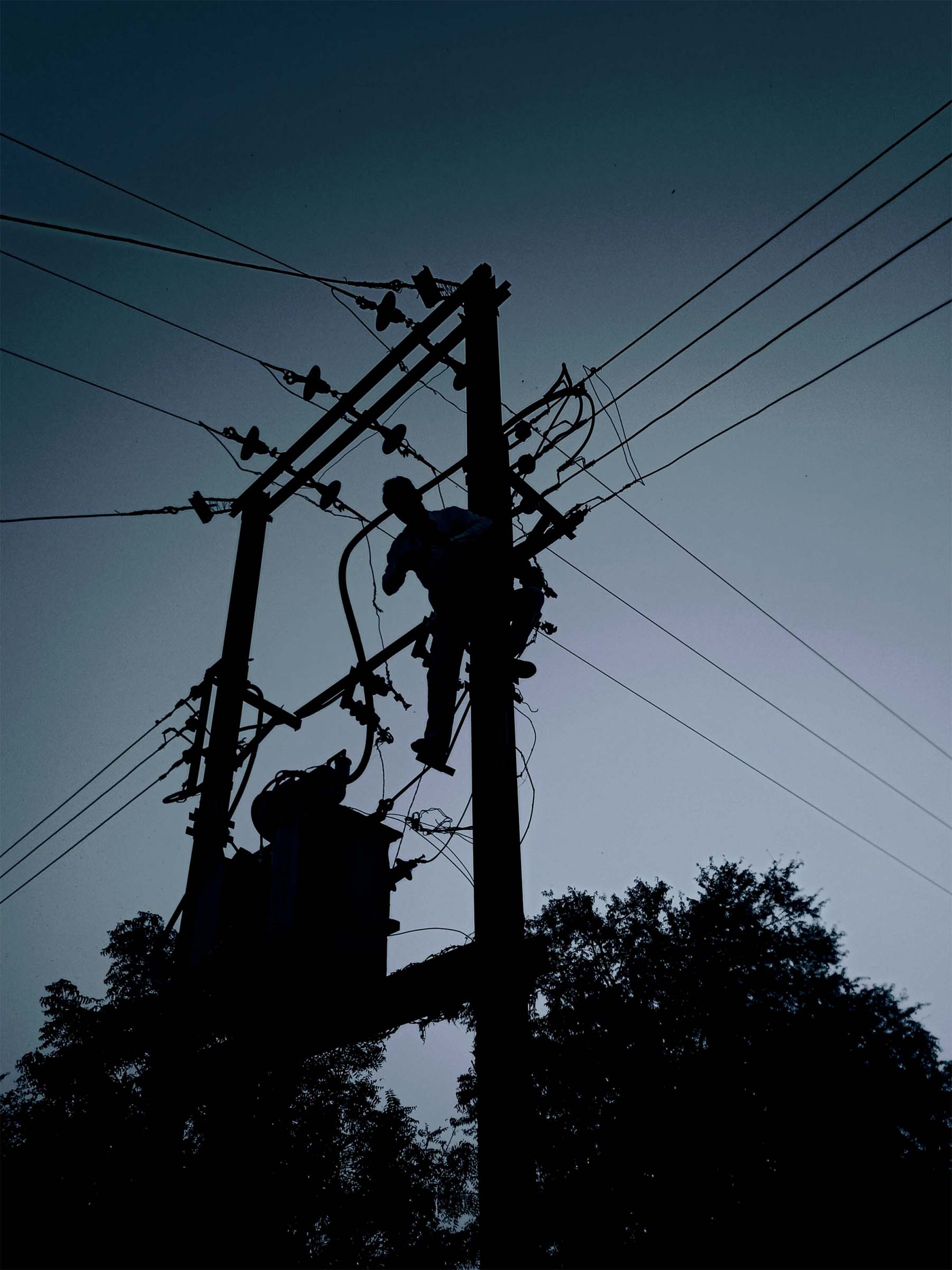
2. Decrease inspection time, increase company savings:
By utilizing drones, companies are completing safe and accurate inspections in a fraction of the time, meaning expensive inspection activities are being avoided. Professionals are now using small, unmanned aircraft to conduct pre-work inspections to determine what tools they need prior to their climb, as well as investigate the structure for any possible climbing hazards, allowing the overall inspection process to be more efficient.
3. Inspections Accuracy up to 99%
Eliminate human error and obtain the data you need with up to 99% accuracy. By utilizing the capabilities drones have to offer, personnel are obtaining better data and resolution while no longer having to return to a site to gather missed information. Again, saving your company time and money.
4. Make real-time decisions
Having accurate, live data from the field will allow your team to make the most precise and educated decisions. This is the most beneficial in extreme time sensitive situations. If an issue arises such as a defect, natural disaster, etc., launching a drone will allow the team to see where the issue is located, and then assess in real-time, eliminating any added costs and delays.
Using Drones for Tower Inspection: Return on Investment
Using drones for tower inspections can provide significant time and cost savings. Drones can perform checks much more quickly than a human, and they can often offer more accuracy. Better accuracy saves time and money by providing a greater percentage of error-free reports, meaning inspections require re-evaluation less often. Reducing the number of hours needed for tower inspections translates into significant expense reductions.
The actual cost of performing tower inspections varies depending on the kind of tower and the type of inspection conducted. For instance, inspecting a guyed tower may require measuring existing tensions for guy wires. In other cases, a guyed tower inspection may require leveling and tension adjustments, which require further human intervention.
For most cases, however, using drones for tower inspections can save companies a great deal of money, cutting inspection costs by half or even more. One oil and gas company reduced inspection costs by 66 percent by using drones. And leading engineering firm McKim & Creed estimates a 60 percent cost savings for companies who use aerial mapping over conventional inspection techniques.
How Much Does a Tower Inspection Cost?
Pricing for inspection services varies based on multiple factors, including client specifications, the number of towers, locations, and the number of hours, including travel time, that the project requires. Even when comparing jobs with similar factors, cost and compensation vary wildly across the industry.
Lee Priest, CEO of ETAK Systems, estimates that the average cost of a human tower climb ranges from $2,500 to $5,000. A tower inspection performed by a drone costs one-third to one-half of that, depending on inspection requirements. But tower checks can cost (or pay) much less than that – as low as $100 per tower on a per-site freelance contract.
Drone Training for Tower Inspections
If you’re new to the tower inspections industry or to drones, you’ll want the appropriate training prior to launching potentially pricey drone technology for your organization or client. Below is a list of training courses our experts recommend to those interested in breaking into the tower inspections industry.
Basic Flight Training Course:
An excellent course for beginners or self-taught drone pilots. Master the fundamentals and principals of flying, autonomous flight, and learn how to fully utilize the settings and functions of your drone. This course is offered online, live/virtual, and in-person.
Part 107 Test Prep Course:
If you’re interested in operating a drone commercially, you’ll need to obtain your drone pilot license. The Federal Aviation Administration requires all individuals flying a drone for business, successfully pass this 60-question exam. This course ensures our students fully understand the concepts of aviation and are ready to ace their exam on their first attempt.
Aerial Drone Inspections Workshop:
Our Aerial Drone Inspections course is a two-day workshop with multiple flight sessions geared towards developing the skills you need to fly, gather, and analyze aerial inspections data. Course prerequisites include 5 + hours of flight time and a Part 107 Certificate.
Relevant Part 107 Regulations for Flying Drones for Tower Inspections
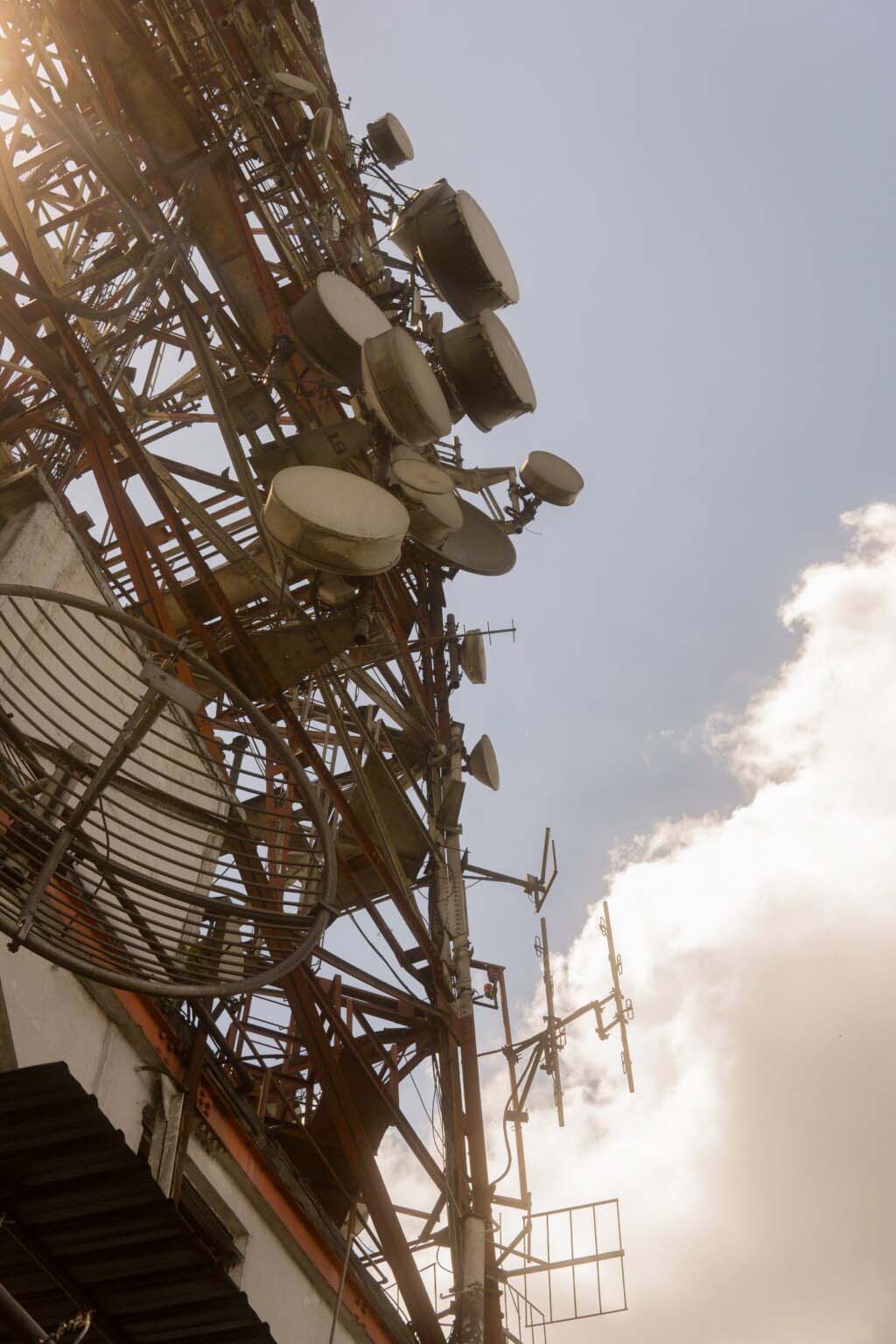
The Federal Aviation Administration (FAA) has set regulations governing what commercial pilots can and cannot do while flying a drone for professional use. For instance, FAA regulations require licensing, registration, and insurance for commercial drone pilots but not for casual drone pilots. Here are some of the standard FAA regulations governing the use of drones for tower inspections.
- Every drone pilot flying drones for compensation, monetary or otherwise, must pass the FAA Part 107 test to receive FAA certification.
- Flight regulations limit drones to 400 feet maximum elevation. Commercial licensed pilots flying drones for utilities may fly drones up to 400 feet above structures like towers, power lines, storage units, and other utility-related systems. That means commercial pilots flying drones for tower inspections can fly as high as 400 feet above the tower’s topmost part (as long as you’re not entering restricted airspace).
- Drone pilots must avoid entering controlled or prohibited airspace at all times unless given special written permission. Pilots flying drones higher than 700 feet or 1200 feet may be required to obtain permission from Air Traffic Control before entering Class E airspace. Apps like Airmap, SkyGrid, or B4UFly can help drone pilots see controlled airspace and avoid those areas.
Tower Inspection Consultations
If you are thinking about piloting drones for tower inspections, DARTdrones can help you decide where to start. Get a free comprehensive consultation from an experienced instructor so you can plan the best path for you. Call 1+435-252-1238 or email DARTdrones to schedule your free consultation today.
Starting a Drone Business for Tower Inspections
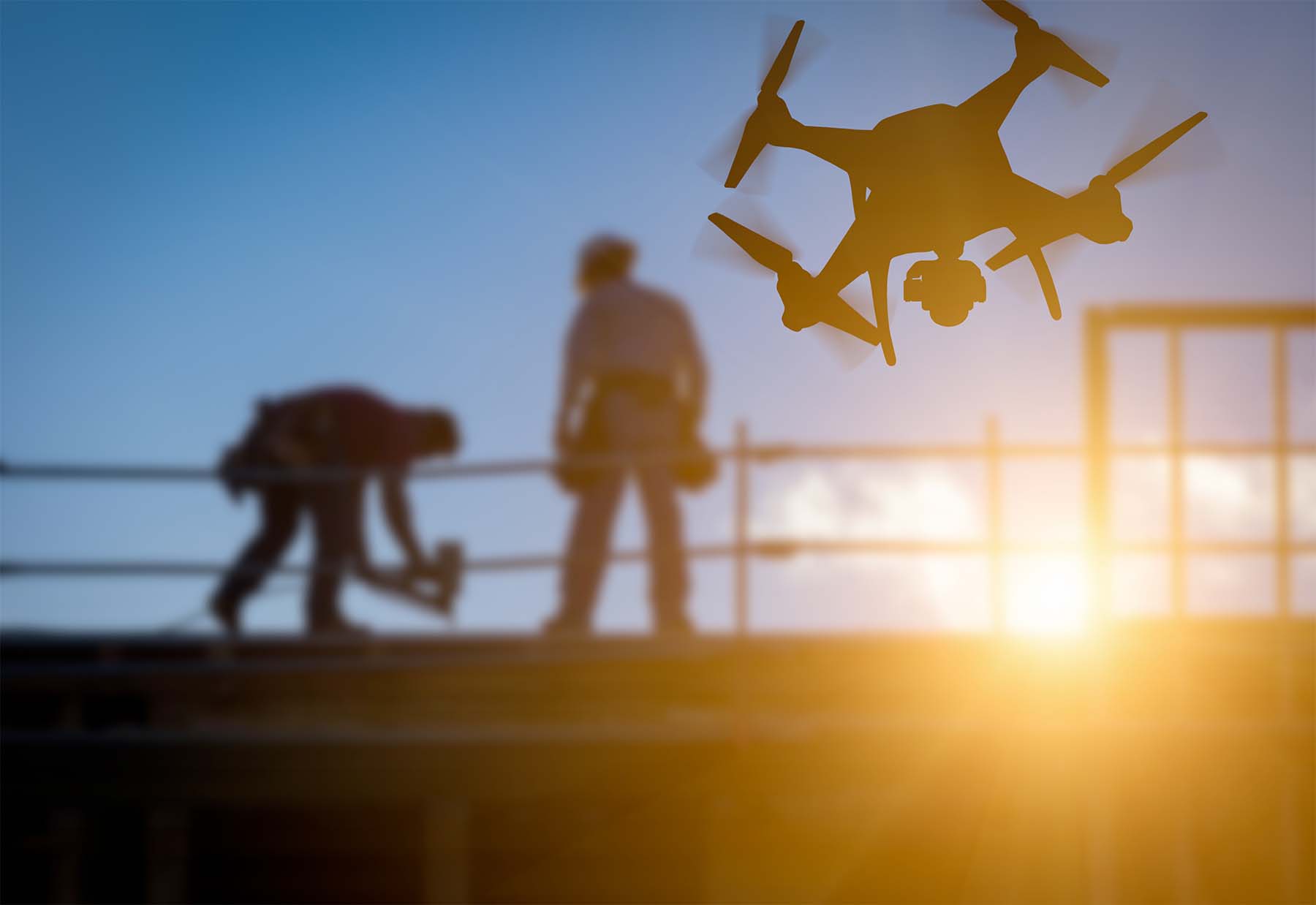
Before you start a business flying drones for tower inspections, you will need good flying skills and advanced equipment, along with the skill and knowledge to use various drone accessories and operate software programs. Once proficient, the average flight time should take 30 to 40 minutes with a drone capable of auto orbit and POI. Of course, drone pilots must be able to center the tower in the images at all times.
Below are some types of hardware and software you’ll need in order to fly drones for tower inspections.
What You Will Need to use Drones for Tower Inspections
- Expect to spend at least $2000 for a high-quality, professional drone model with advanced flight stability, reliable transmission technology, a long battery life, and the ability to swap payloads.
- Your drone should be capable of flying higher than 400 feet. Many consumer drone companies set restrictions on their drones, so make sure you can adjust the settings when purchasing a drone.
- It would be best to have a high-resolution camera that can record videos with a minimum 4K resolution and 12MP still images attached to your dron
- Getting too close to a tower is a bad idea for many reasons. A zoom lens will enable you to stay a safe distance away from the tower and still provide high-quality imaging.
- Damage isn’t always visible in regular images or videos. A thermal camera that can detect heat variations is optional, but it can significantly increase your demand as a drone pilot for tower inspections.
- Fleet management software like Aloft can help you keep track of tower flights so you can quickly find them for presentation or billing to clients.
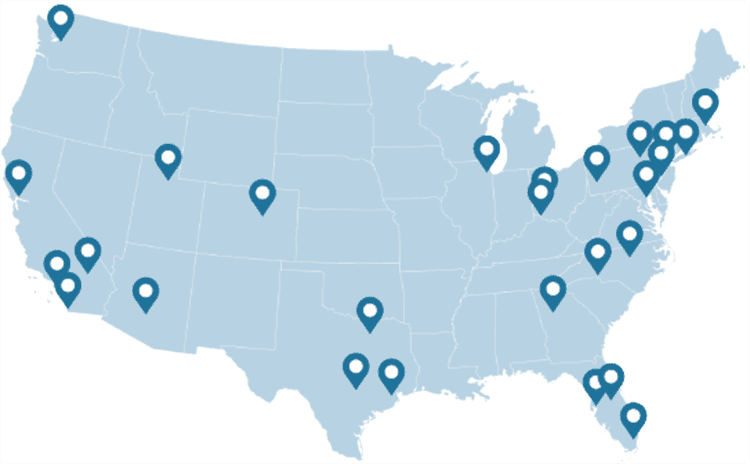
WHY DARTDRONES? We have a proven track record for training pilots in dozens of industries.
INSTRUCTORS
Our instructors have manned aviation experience flying airplanes and helicopters and have gained the highest drone piloting recognitions in the industry. Many own successful UAS businesses themselves.
NATIONWIDE
As featured on ABC's Shark Tank, we are the nation's leading drone training company with an extensive network of alumni and partners throughout the country.
MATERIAL
Created and refined by UAS training experts, our curriculum is the best in the industry and has been tried and tested by clients in dozens of industries.
TRAINED
With a community of over 65,000 drone enthusiasts across the US and internationally, DARTdrones is at the forefront of UAS technology.
Expert Instructors
Our students absolutely love our instructors! Our classes are engaging, fun, and extremely informative.
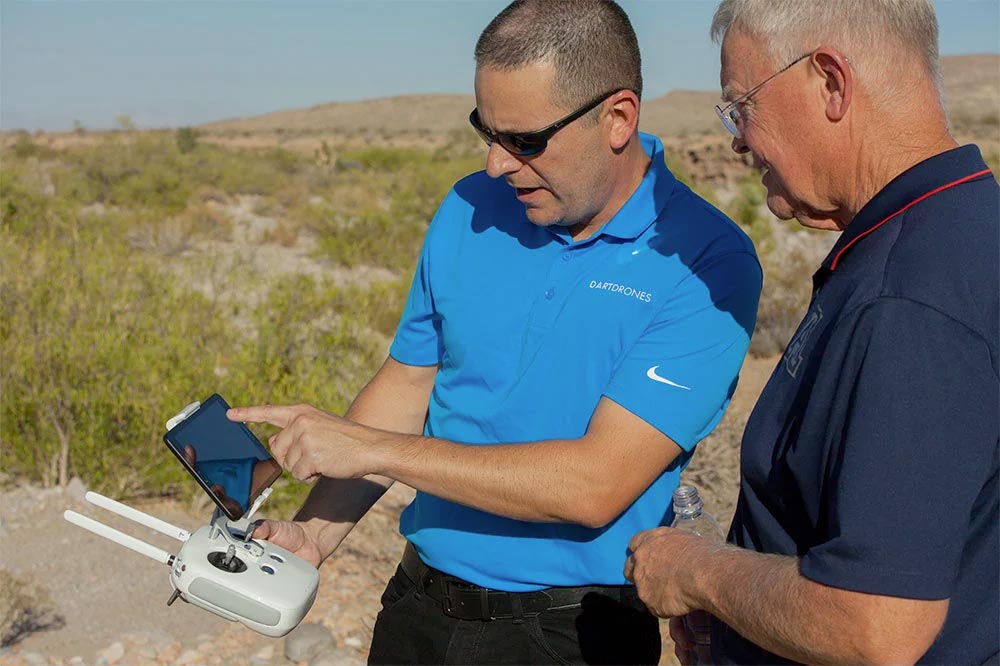
Advanced Training Courses
We don’t just train our students on the basics. We have extensive advanced training courses to help our alumni succeed in mapping, inspections, disaster response, aerial photography, night operations, and search and rescue.
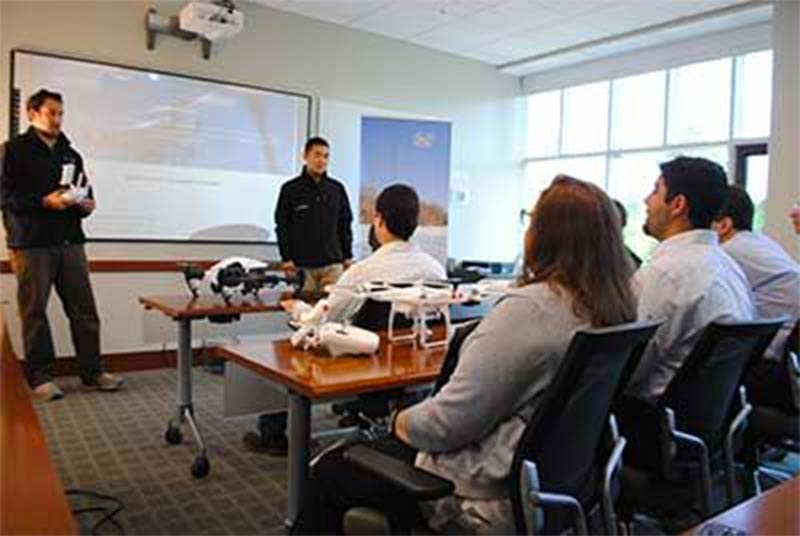
Industry Certified and Vetted Curriculum
Our curriculum has been vetted and certified by AUVSI, the leading UAS industry association, to ensure professional quality.
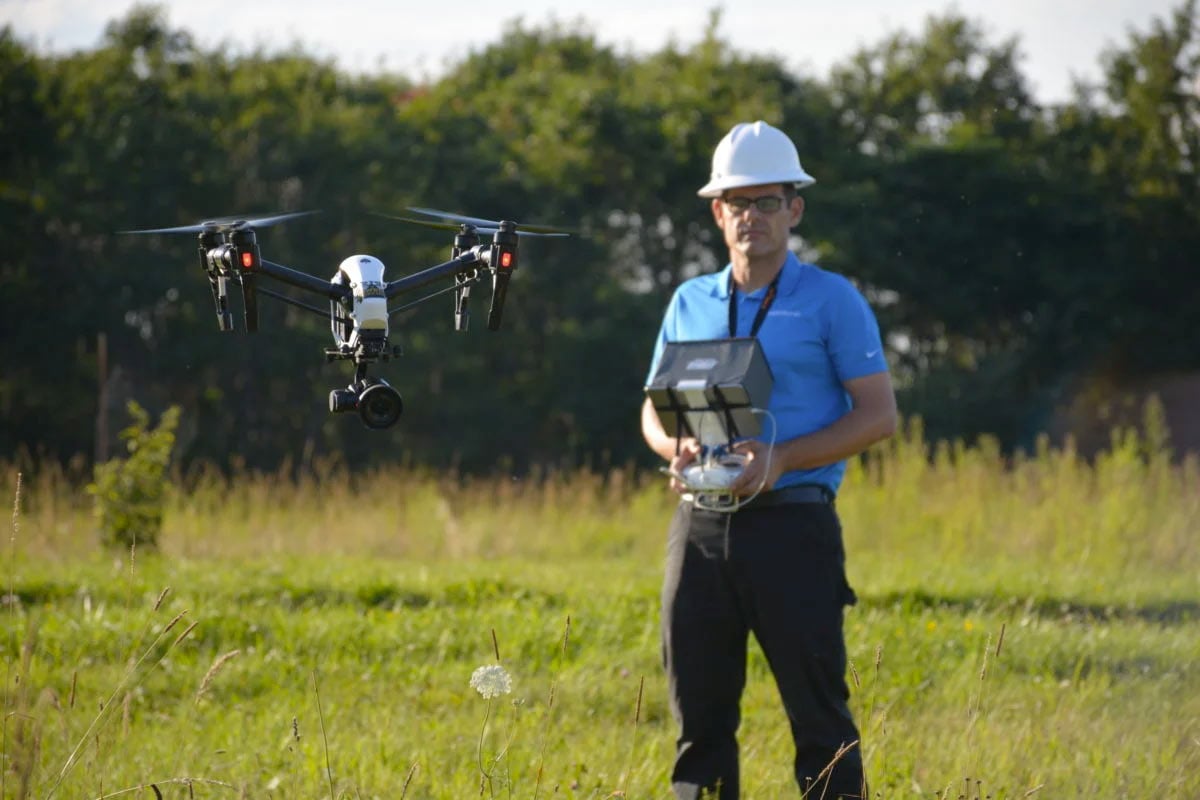

Learn More Today!

